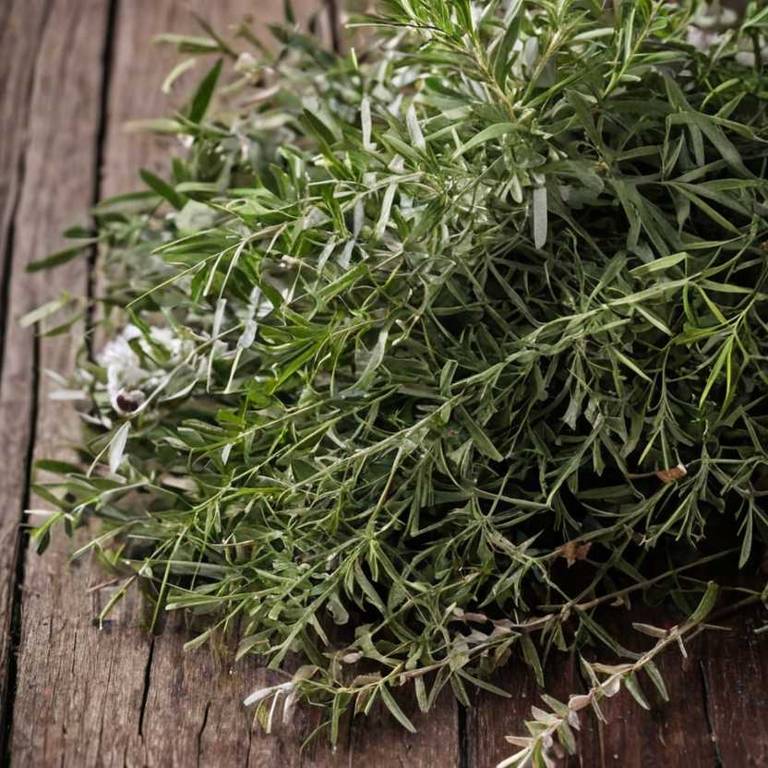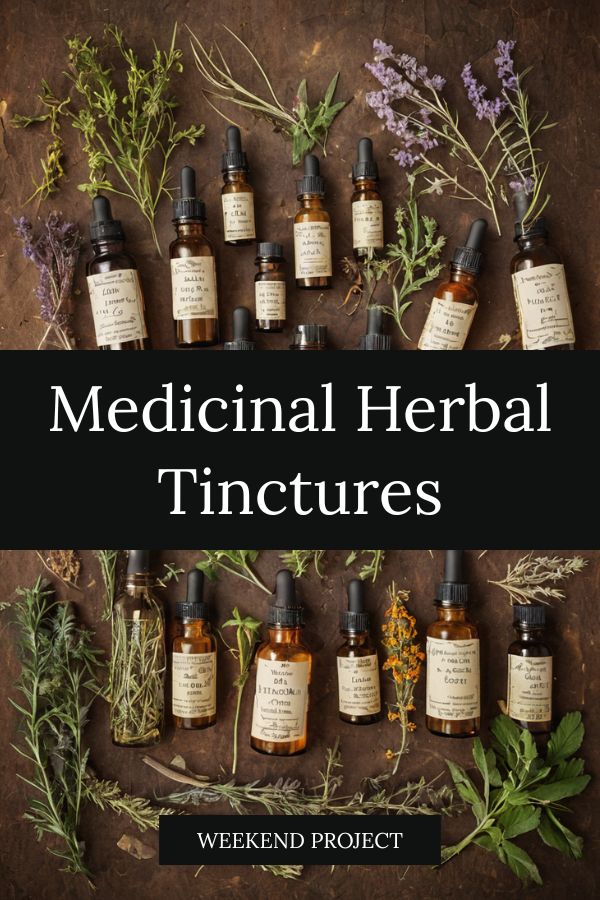Melaleuca (Melaleuca Alternifolia)
Information Reliability Score: 5/10
This score reflects the overall reliability of the information presented in this article. It is based on the quality of scientific evidence, accuracy of sources, and the transparency of references related to Melaleuca alternifolia.

Melaleuca, scientifically known as Melaleuca alternifolia, is a medicinal herb native to Australia, renowned for its potent therapeutic properties.
It is commonly used as a natural remedy and is also known for its unique active compound, tea tree oil, which has strong antimicrobial and antiseptic qualities. Traditionally, Indigenous Australians have used melaleuca for centuries to treat wounds, infections, and skin conditions, valuing its healing properties in their cultural practices. In modern wellness, it is widely utilized in aromatherapy, skincare products, and as a complementary therapy for respiratory and immune support.
Its distinctive camphor-like scent and the rarity of its active compounds make it a unique and valuable component in both traditional and contemporary health care.
FREE COURSE
How to make medicinal herbal tinctures for common ailments at home and in a weekend (using the Healing Drops System).

Table of Contents
Scientific and Botanical Profile
Melaleuca, with botanical name Melaleuca alternifolia, is a species native to various regions of Australia, including the Northern Territory, Queensland, New South Wales, Western Australia, South Australia, Tasmania, and Eastern Australia, particularly the Coastal Regions Of Australia and Tropical Regions Of Australia.
Belonging to the family Myrtaceae, it is commonly known by several names such as Tea Tree, Broadleaf Paperbark, Apple Myrtle, White Myrtle, Lavenderwood, Lemon Myrtle, Australian Tea Tree, Black Tea Tree, and Alternifolia. Morphologically, it is a small to medium-sized tree or shrub, typically reaching heights of 3 to 10 meters, with smooth, often flaky bark that peels in strips, and narrow, lance-shaped leaves that are alternately arranged along the branches.
The plant produces small, white or pale yellow flowers in dense clusters, followed by distinctive, woody capsules that contain numerous small, fibrous seeds.
History and Cultural Relevance
Melaleuca was used by Indigenous Australians for thousands of years as a vital component of their traditional medicine systems, valued for its antiseptic and healing properties.
The plant, known as tea tree in English, has been integral to Aboriginal cultures, with its leaves used to treat wounds, infections, and respiratory ailments through poultices and infusions. In traditional ceremonies, Melaleuca was also used in rituals for purification and spiritual cleansing, reflecting its deep cultural significance in Indigenous communities. Today, its essential oil, derived from the leaves, remains a popular remedy for skin conditions like acne and fungal infections, continuing to be a cornerstone of natural medicine.
The enduring relevance of Melaleuca highlights the wisdom of ancient practices and their lasting impact on modern wellness approaches.
Chemical Composition and Nutritional Profile
Melaleuca contains a variety of bioactive compounds, including essential oils, flavonoids, terpenes, and phenolic compounds, with its most notable component being tea tree oil, which is rich in cineole and terpinen-4-ol.
These compounds contribute to its antimicrobial, anti-inflammatory, and antioxidant properties. Nutritionally, Melaleuca is low in macronutrients but contains trace amounts of vitamins such as vitamin C and some minerals like potassium. It also possesses a range of antioxidants that help neutralize free radicals and support immune function.
The mechanism of action of Melaleuca involves the disruption of microbial cell membranes and the modulation of inflammatory pathways, making it effective in treating skin infections and promoting wound healing.
Medicinal Properties and Health Benefits
Melaleuca alternifolia has been widely recognized for its potent antimicrobial, antifungal, and anti-inflammatory properties, making it a valuable plant in both traditional and modern medicine.
Its essential oil, rich in cineole and terpinen-4-ol, supports respiratory health by helping to clear mucus and reduce inflammation in the airways, while also promoting skin healing and wound repair by combating bacterial and fungal infections. Unlike other common antiseptics like tea tree oil or eucalyptus, melaleuca alternifolia offers a broader spectrum of antimicrobial activity, with higher potency against certain pathogens, making it particularly effective for treating skin conditions and infections. It also supports the immune system by reducing systemic inflammation and enhancing the body's natural defenses, benefiting the circulatory and lymphatic systems.
Overall, its unique chemical composition and efficacy make melaleuca alternifolia a superior choice compared to many similar herbs in terms of therapeutic strength and versatility.
Forms, Preparation and Usage
Melaleuca alternifolia has been traditionally used for its antimicrobial and anti-inflammatory properties, with various forms available including fresh leaves, dried tincture, powder, essential oil, and capsules.
It can be prepared as a tea by steeping dried leaves in hot water, or as a decoction by boiling the plant material for a longer period. Topical applications include using the essential oil diluted in a carrier oil or applying the powder directly to wounds or skin infections. For adults, a typical dosage is 1-2 cups of tea daily or 1-2 capsules per day, while children should only use it under medical supervision due to limited safety data.
Usage should be conservative, with short-term application recommended unless otherwise advised by a healthcare professional.
Safety, Side Effects and Contraindications
Melaleuca alternifolia, commonly known as tea tree oil, can be a valuable natural remedy when used appropriately, but it must be handled with care due to its potent chemical composition.
While it is generally considered safe for topical use in small concentrations, it can cause skin irritation, allergic reactions, or sensitization in some individuals, particularly with prolonged or excessive use. It should never be ingested, as it can lead to serious toxicity, including gastrointestinal distress, liver damage, or even poisoning. Melaleuca alternifolia may interact with certain medications, such as anticoagulants or antidepressants, and should not be used concurrently with other essential oils without professional guidance. Pregnant and breastfeeding women, as well as individuals with chronic illnesses, should consult a healthcare provider before use, as its safety in these populations has not been fully established.
To ensure safe use, always dilute tea tree oil with a carrier oil, perform a patch test, and avoid contact with eyes or mucous membranes.
Growing, Harvesting and Storage
Melaleuca alternifolia grows in well-drained sandy or loamy soils with a pH range of 5.5 to 7.5, thriving in full sun to partial shade and requiring moderate to high levels of sunlight for optimal growth.
It is drought-tolerant once established but benefits from regular watering during the first few months after planting. To ensure healthy growth, regular pruning to remove dead or diseased branches and mulching to retain moisture and suppress weeds are recommended. Harvesting is best done during the dry season, typically in late winter to early spring, by cutting the leaves and flowers just above the node to encourage new growth.
For preservation, the harvested material should be dried in a shaded, well-ventilated area, then stored in airtight containers away from light and moisture to maintain its potency and medicinal properties.
FAQ
Melaleuca alternifolia, also known as tea tree, is a popular medicinal plant widely used for its antimicrobial properties.
It is commonly used in topical applications for skin conditions and as a natural remedy for respiratory issues. Can I grow melaleuca alternifolia at home? Yes, it can be grown in warm climates or in containers with well-draining soil and plenty of sunlight. How long does it take to work? The effects of melaleuca alternifolia can be seen within a few days to a few weeks, depending on the condition being treated. Can it be combined with other herbs? Yes, it can be combined with other herbs, but it is advisable to consult a healthcare professional to avoid potential interactions. Is it safe long-term? While generally safe for short-term use, long-term safety should be evaluated with a healthcare provider. What's the best way to consume melaleuca alternifolia?
It is most commonly used as a topical oil, but it can also be consumed as a tea or in supplement form, though internal use should be done cautiously and under guidance.